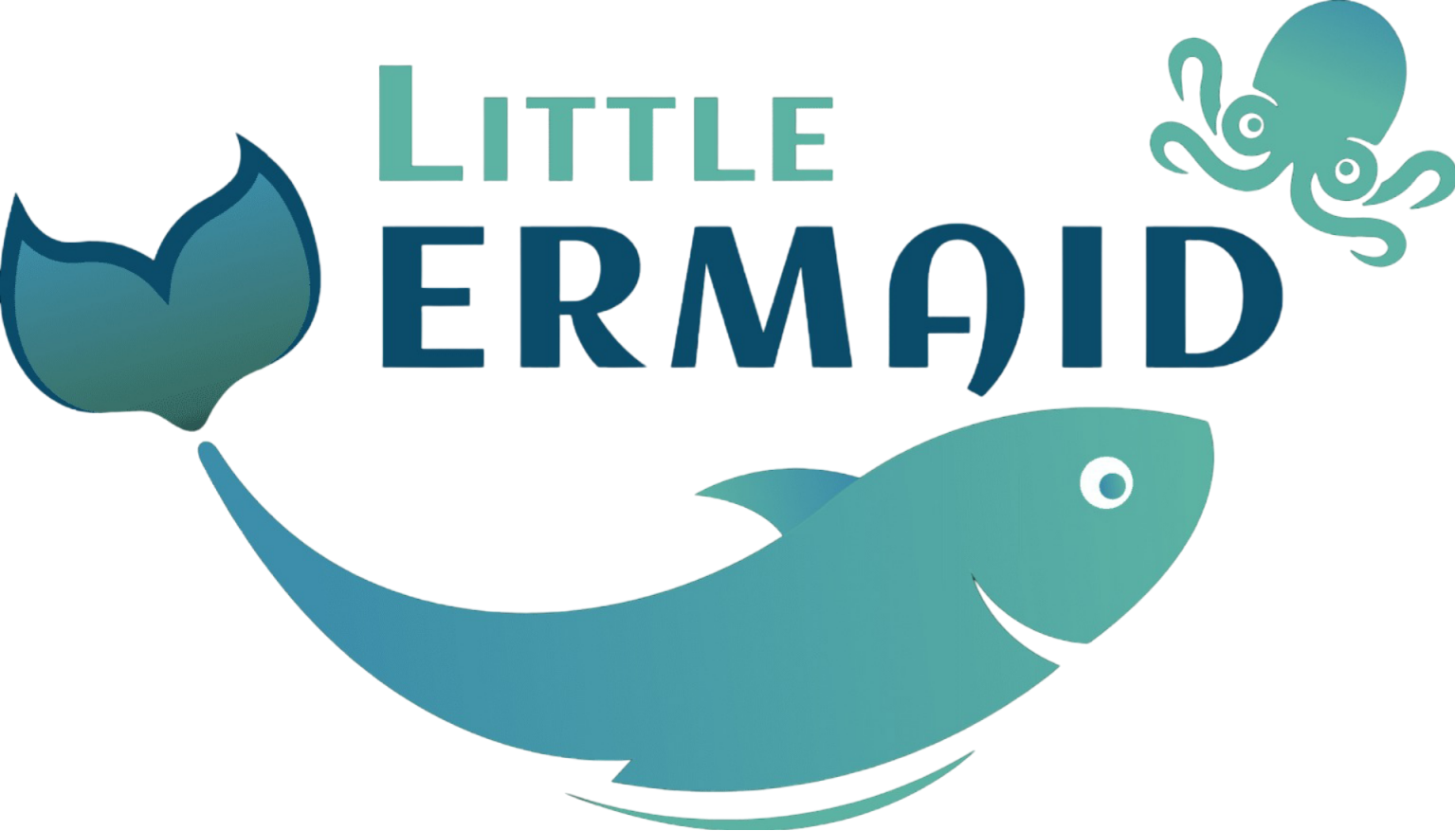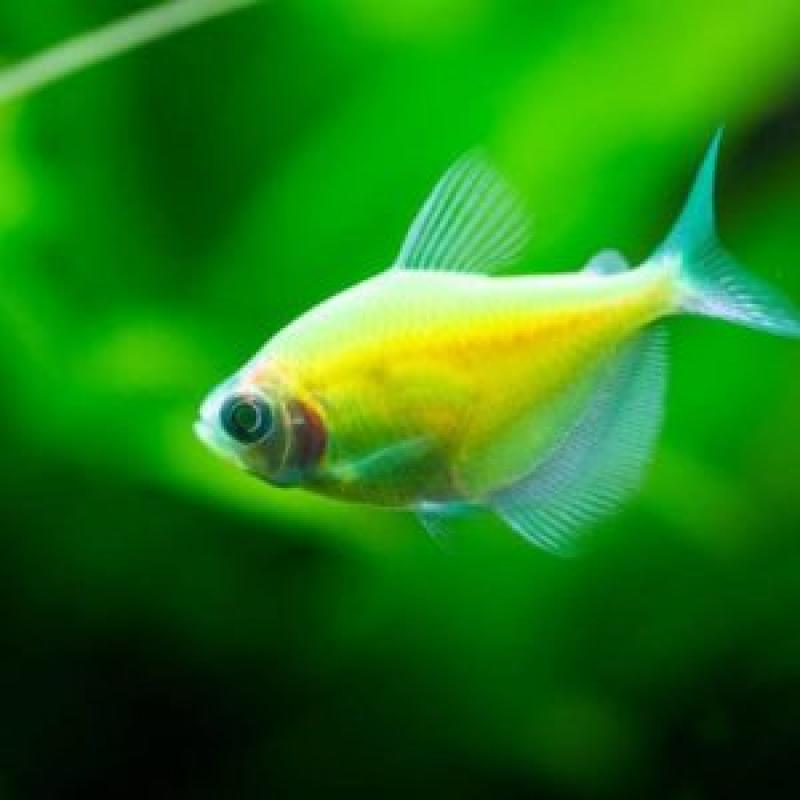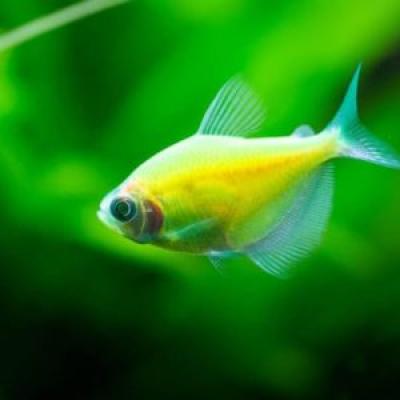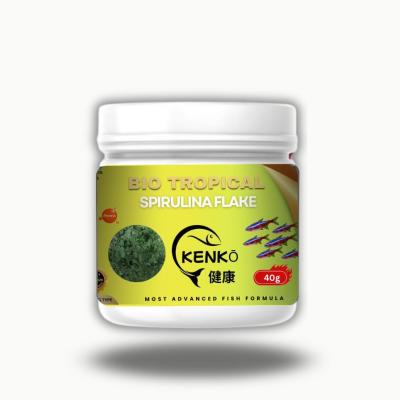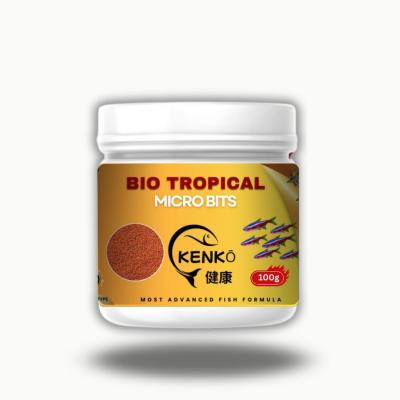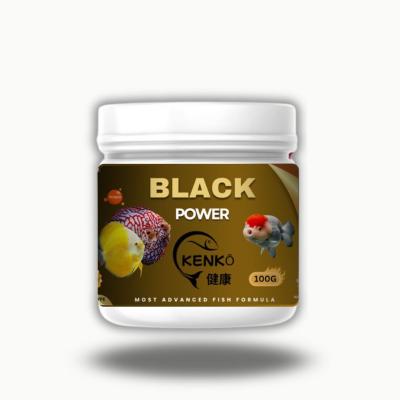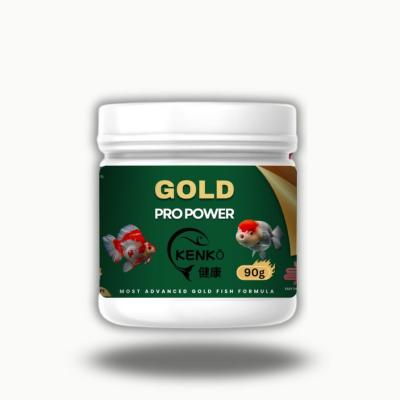Glo Tetra – Green are fish that have been genetically altered. They have vivid fluorescent colors, as their name suggests.
They are nothing more than luminous variations of the wild species like Zebra danios, Rainbow sharks, Tiger barbs, Bettas, and Black skirt tetras that are naturally found.
The gentle Glo Tetra-Green prefers to live in shoaling groups of five or more. A solitary specimen is prone to experience stress and isolate itself.
The best and required solution is to keep them together in groups. They are gentle fish that make great tank mates for other little fish due to their disposition.
To long-finned fish, however, are semi-aggressive as long as they are sluggish, not too big, and aggressive. They begin to nibble in response to the lengthy fins.
Their intergroup hostility is also triggered if the female in a group of two or more males exhibits spawning behavior, and every male tends to pair up with the female.
If you wish to breed glofish, separate the female at this time and place her in a different setup. You can add the male afterward. The glofish tetras are otherwise calm and have distinguished themselves from the other community fishes.
II. You would love the fish because…
Depending on the breed of the color, they appear in various fluorescent colors. However, these fish share the same overall appearance as a black skirt tetra.
Their bodies are generally quadrilateral, with a rounded forehead. Their lower end goes pointed inward and meets the tail at the second half section. Their top end is streamlined and curled.
They have highly noticeable fins, which add to their overall sheen. The dorsal fin is tiny and has an appearance of a square with a pointed top. The forked tail fin has a more “V”-shaped look. The body’s bottom half is covered by the anal fin.
Glo Tetra – Green comes in several vividly colored varieties. All seven colors of the rainbow are represented by these colors.
If your tank has color variations, they enhance its brilliance and make it appear like a luminous ornamental item in your guest room.
All of these variations appear normal in white light, yet they glow in the dark and when exposed to blue light.
III. Is this fish species peaceful or hostile?
A very peaceful and friendly nature.
IV. Species compatibility
Tetras, Guppies, Platys, Corydoras Catfish, and Gouramis.
V. How to feed this species?
In the wild, red phantom tetras are omnivores and will consume both decaying plant matter and small animals like young shrimp, larvae, and snails. In captivity, these fish thrive on fine-grained subtropical fish flakes.
Delivery in Kolkata only.
 English
English 
